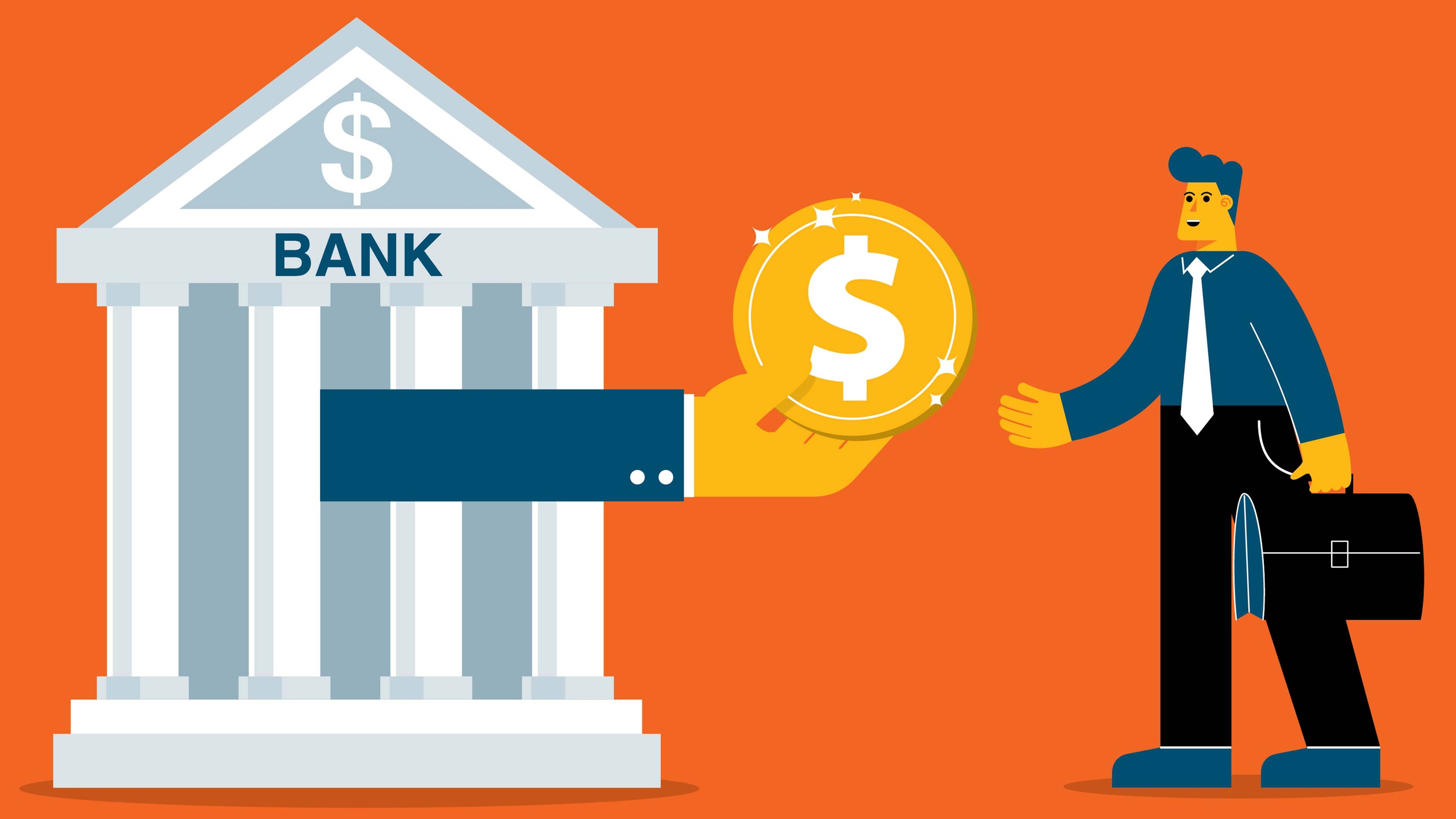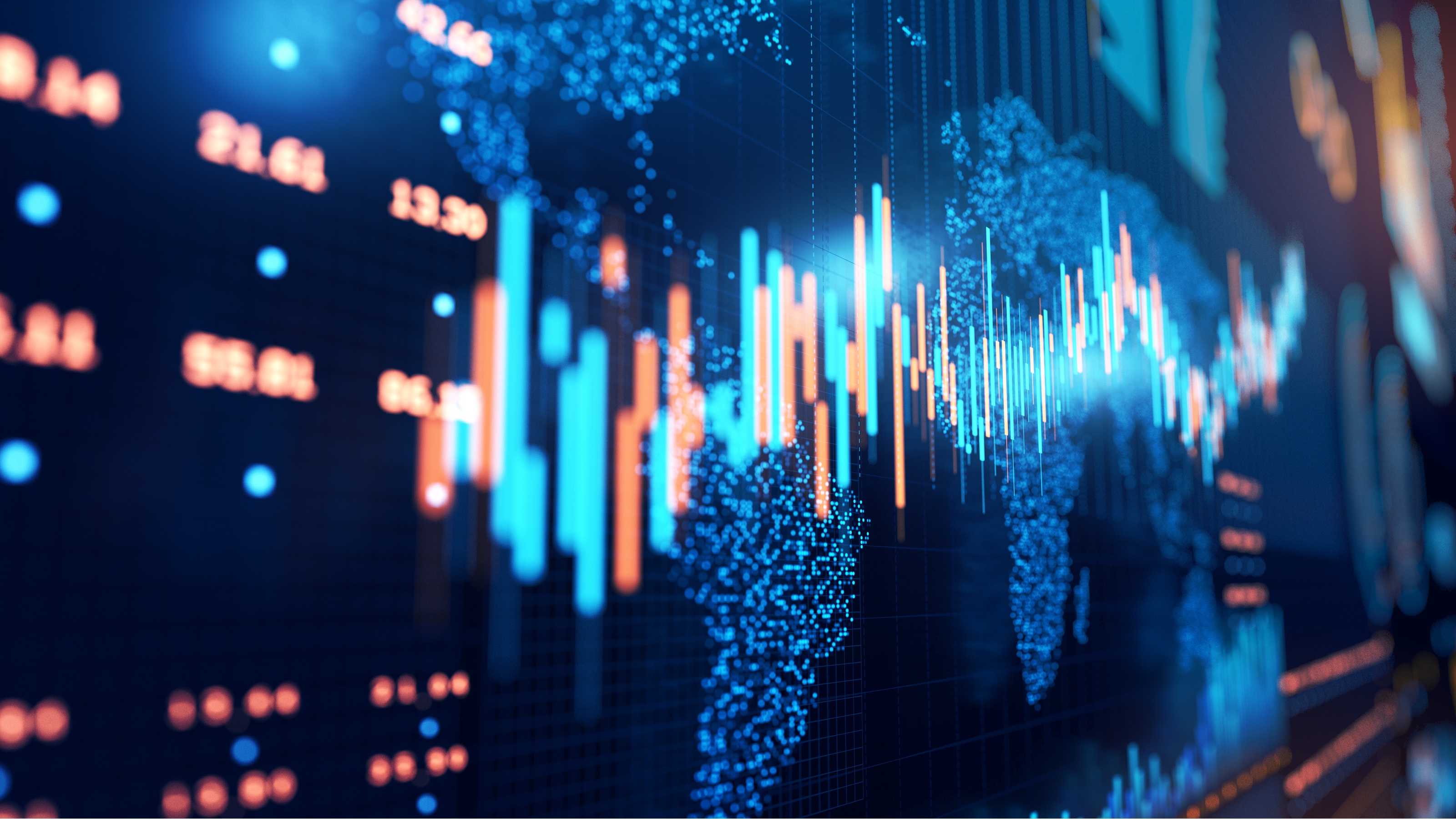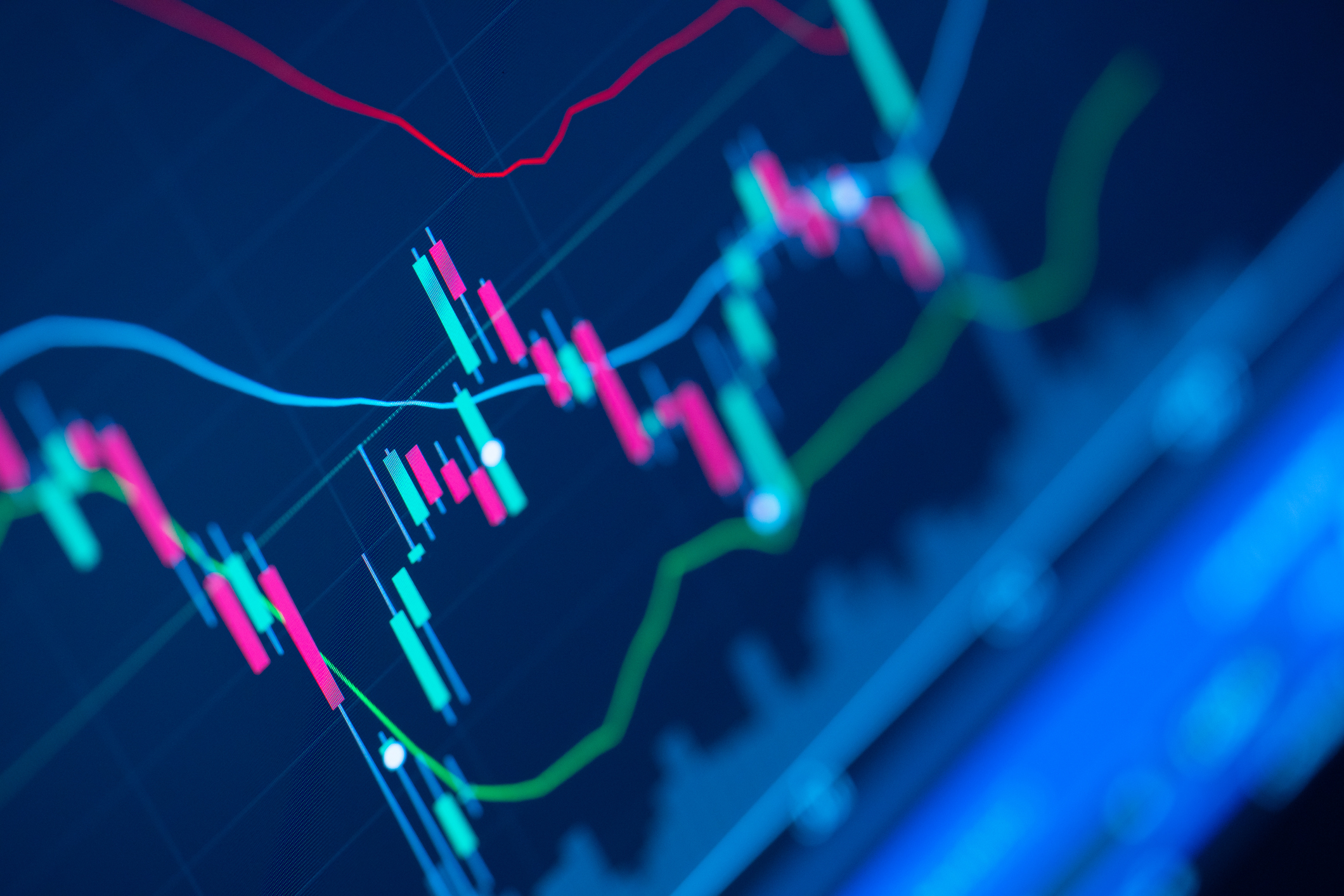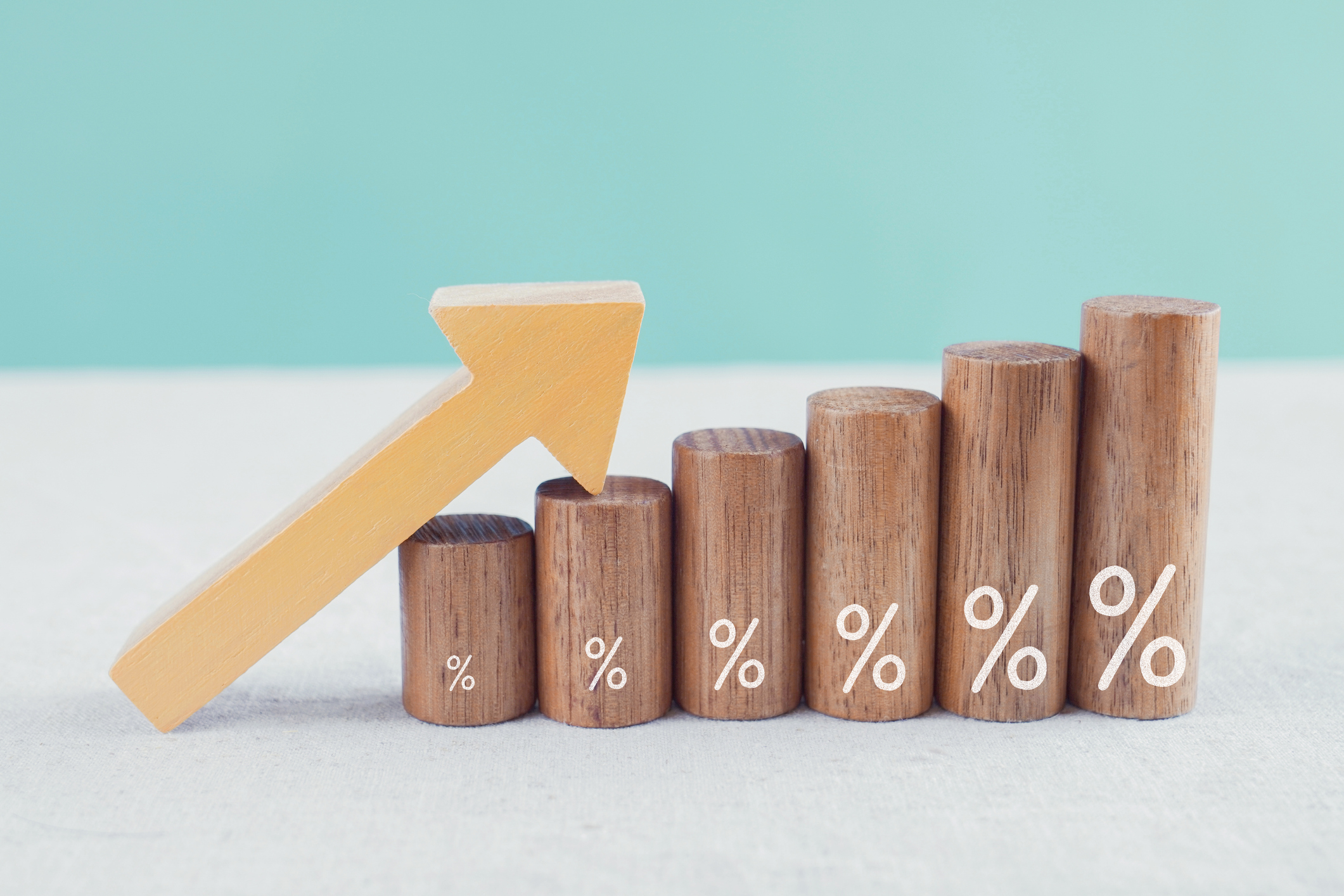5 Best Commodity ETFs to Buy Now
These commodity ETFs provide exposure to a broad basket of raw materials via futures contracts. But beware: They can be complex and come with higher fees.


Commodity prices are on the move again following the escalation of tensions between Israel, the United States and Iran.
In the wake of surgical strikes on Iranian leadership and nuclear facilities, markets have responded with increased volatility in crude oil and natural gas prices.
Besides speculative gains, commodities can also be useful for hedging inflation. But for most retail investors, buying physical commodities outside of gold and silver directly (which you can do at Costco!) isn't realistic. It's not like you can store barrels of oil or bushels of wheat in your garage.
And while investing in commodity-producing companies such as agriculture, mining or energy stocks may offer partial exposure, they're not perfect substitutes. That's because stock prices also reflect company-specific risks including debt, management quality and operating costs.
To get around this, many investors turn to commodity exchange-traded funds (ETFs), which trade publicly and offer diversified exposure to commodity markets. But these funds don't usually hold physical commodities. Instead, they typically invest in futures contracts.
As you'll see, choosing the best commodity ETF isn't as simple as picking the one with your favorite raw material in the name. You'll need to take a close look at how each fund gets its exposure and be prepared to navigate some hidden tax traps along the way.
The ins and outs of commodity ETFs
Outside of precious metals, such gold and silver ETFs, most commodity funds don't own physical commodities. Rather, they gain exposure through futures contracts.
A futures contract is a derivative that obligates the buyer to purchase (and the seller to deliver) a specific amount of a commodity at a set price on a future date. The ETF is therefore holding contracts that reflect bets on future commodity prices.
For example, an ETF designed to track the price of West Texas Intermediate (WTI) crude oil doesn't actually buy and store barrels of oil. Instead, this fund might buy WTI crude oil futures contracts.
That's a key point. When you buy a commodity ETF, you're not getting direct exposure to the current (spot) price of the commodity. You're getting exposure to the price of a specific futures contract or basket of different ones, depending on the fund.
For instance, the spot price of oil might be $65 per barrel in June, but the ETF could be holding July contracts, which may trade higher or lower. While futures and spot prices are generally correlated, they're not identical and don't always move in lockstep.
This leads to another critical concept: contango. Futures contracts for commodities trade along what's known as a futures curve, a plot showing prices for delivery in various future months.
In a contango market, futures prices are higher than the current spot price. That's a common condition for many commodities, especially oil.
Here's why that matters: Futures contracts expire. When July comes around, our hypothetical crude oil ETF can't hold the July contract anymore. It must roll the position by selling the expiring July futures and buying a later-dated one, say August.
But when the futures curve for oil is in contango, August contracts are more expensive than July. That means the ETF sells low and buys high, locking in a small loss each time it rolls.
This repeated cycle creates what's called negative roll yield, which is a performance drag over time.
For long-term investors, this can mean that even if spot prices rise over time, your ETF's return may be much lower or even negative due to the cost of rolling futures in a contango environment.
There's one more wrinkle: taxes. Some commodity ETFs are structured as commodity pools, which means they issue a Schedule K-1 tax form.
This is more complex than the standard 1099 tax form and can delay filing, especially for investors with multiple K-1s. The K-1 form also introduces complications such as potential state-level tax obligations and more detailed reporting requirements.
The bottom line: Commodity ETFs can be useful for short-term tactical exposure, but between futures-based tracking, roll costs and tax complexity, they're not always investor-friendly for long-term buy-and-hold portfolios.
How we chose the best commodity ETFs
We began by screening out the riskiest corners of the commodity ETF space. That meant excluding funds that use leverage or inverse exposure, as well as those that concentrate on a single commodity such as oil, gold or natural gas.
Commodities are already volatile, so most investors, unless they're active traders, are better off with long-only ETFs that hold a diversified basket spanning energy, metals and agriculture.
Next, we filtered for tax simplicity. Specifically, we only included ETFs structured to avoid issuing a Schedule K-1 form.
Some of these are clearly labeled "No K-1" in the fund name, but for others, you have to dig into the prospectus or tax documentation to confirm. Avoiding K-1s makes tax reporting easier and helps sidestep delays and state-level complications.
From there, we applied a two-part screen:
Liquidity: We prioritized ETFs with a reasonably low 30-day median bid-ask spreads to minimize trading costs.
Reputability: We looked for funds with sufficient assets under management (AUM), as a proxy for stability, scalability and investor trust.
For commodity ETFs, expense ratios weren't as big a concern. Complexity in this space naturally drives costs higher, and most offerings are far more expensive than passive equity or bond ETFs.
But while there's less basis for comparison, it's still worth shopping around and taking note.

Invesco Optimum Yield Diversified Commodity Strategy No K-1 ETF
- Assets under management: $4.4 billion
- Expenses: 0.59%, or $59 annually for every $10,000 invested
- 30-day median bid-ask spread: 0.08%
The Invesco Optimum Yield Diversified Commodity Strategy No K-1 ETF (PDBC) seeks to outperform the DBIQ Optimum Yield Diversified Commodity Index Excess Return, which includes 14 commodities across the energy, metals and agriculture sectors.
The ETF is actively managed to enhance roll yield, a strategy that involves selecting futures contracts with the most favorable pricing along the curve to reduce the impact of contango over time.
To support this exposure, the fund holds cash collateral in a money market fund and uses some swaps to improve tracking efficiency.
PDBC does not issue a K-1, simplifying tax reporting. However, investors should be aware that in taxable accounts, the fund typically pays a large December distribution that's mostly classified as ordinary income.

First Trust Global Tactical Commodity Strategy Fund
- Assets under management: $2.4 billion
- Expenses: 0.98%
- 30-day median bid-ask spread: 0.04%
The First Trust Global Tactical Commodity Strategy Fund (FTGC) is an actively managed ETF with no benchmark index.
Instead, the portfolio managers have broad discretion to select futures contracts they believe offer the most favorable risk/reward trade-offs and to avoid those they view as less attractive.
FTGC's current holdings, in addition to cash and Treasury collateral, include gold, silver, copper, gasoline, WTI crude, coffee, soybeans, corn, nickel, sugar, cattle, natural gas, cocoa, cotton and more.
As of the latest data, the portfolio is heaviest in energy (35%), followed by agriculture (22%).
The fund avoids issuing a Schedule K-1 and instead provides a standard 1099. Unlike PDBC, FTGC spreads its distributions out quarterly in March, June, September and December, rather than delivering one large year-end payout.

abrdn Bloomberg All Commodity Strategy K-1 Free ETF
- Assets under management: $37.5 billion
- Expenses: 0.25%
- 30-day median bid-ask spread: 0.05%
The abrdn Bloomberg All Commodity Strategy K-1 Free ETF (BCI) passively tracks the Bloomberg Commodity Index Total Return, aiming to replicate the index's holdings as closely as possible to minimize tracking error.
The fund holds cash collateral in money market instruments and provides broad exposure across metals (both base and precious), agriculture and energy.
As a passive strategy, BCI offers significantly lower costs than actively managed commodity ETFs.
However, it may be more vulnerable to performance drag from contango since the fund cannot adjust roll decisions and must follow the index methodology.
Structured as a 1940 Act fund, BCI also avoids issuing a Schedule K-1 and instead provides a standard 1099 for tax purposes.

Harbor Commodity All-Weather Strategy ETF
- Assets under management: $403.1 million
- Expenses: 0.68%
- 30-day median bid-ask spread: 0.08%
The Harbor Commodity All-Weather Strategy ETF (HGER) tracks the Quantix Commodity Index. While not actively managed, the index uses a more sophisticated, rules-based quantitative approach that aims to systematize commodity trading strategies.
HGER trades 24 of the most liquid commodity futures contracts listed on U.S. or U.K. exchanges.
The strategy emphasizes inflation sensitivity by targeting commodities with high pass-through costs and strong correlation to the Consumer Price Index (CPI). It also considers factors like scarcity and currency debasement.
Structured as a 1940 Act fund, HGER does not issue a K-1 and instead provides a 1099, making it easier to manage at tax time.

Direxion Auspice Broad Commodity Strategy ETF
- Assets under management: $207.2 million
- Expenses: 0.72%
- 30-day median bid-ask spread: 0.04%
The Direxion Auspice Broad Commodity Strategy ETF (COM) passively tracks the Auspice Broad Commodity Index, but its approach is more dynamic than a traditional long-only strategy.
The fund's 12-commodity basket, spread across agriculture, energy and metals, can be either long (holding futures contracts to benefit from rising prices) or flat (holding cash when trends are unfavorable), with positions that can shift intra-month.
This effectively makes COM a trend-following strategy designed to manage risk. That's especially important in commodity markets, which often experience prolonged downtrends.
By going flat in weaker markets, COM seeks to proactively limit drawdowns during bearish cycles.
Like other 1940 Act funds, COM avoids issuing a Schedule K-1 and instead delivers a standard 1099 for tax reporting.
Learn more about COM at the Direxion provider site.
Related content
Profit and prosper with the best of Kiplinger's advice on investing, taxes, retirement, personal finance and much more. Delivered daily. Enter your email in the box and click Sign Me Up.
Tony started investing during the 2017 marijuana stock bubble. After incurring some hilarious losses on various poor stock picks, he now adheres to Bogleheads-style passive investing strategies using index ETFs. Tony graduated in 2023 from Columbia University with a Master's degree in risk management. He holds the Certified ETF Advisor (CETF®) designation from The ETF Institute. Tony's work has also appeared in U.S. News & World Report, USA Today, ETF Central, The Motley Fool, TheStreet, and Benzinga. He is the founder of ETF Portfolio Blueprint.
-
 Callable CDs Have High Rates. We Still Don't Recommend You Get Them
Callable CDs Have High Rates. We Still Don't Recommend You Get ThemInvestors must carefully consider the trade-offs, as falling interest rates could lead to reinvestment at a lower yield and make selling on the secondary market difficult.
-
 High Mortgage Rates Are Holding My Retirement Hostage: Can I Still Downsize and Retire?
High Mortgage Rates Are Holding My Retirement Hostage: Can I Still Downsize and Retire?We ask retirement wealth advisers what to do.
-
 Callable CDs Have High Rates: We Still Don't Recommend You Get Them
Callable CDs Have High Rates: We Still Don't Recommend You Get ThemInvestors must carefully consider the trade-offs, as falling interest rates could lead to reinvestment at a lower yield and make selling on the secondary market difficult.
-
 Five Big Beautiful Bill Changes and How Wealthy Retirees Can Benefit
Five Big Beautiful Bill Changes and How Wealthy Retirees Can BenefitHere's how wealthy retirees can plan for the changes in the new tax legislation, including what it means for tax rates, the SALT cap, charitable giving, estate taxes and other deductions and credits.
-
 Portfolio Manager Busts Five Myths About International Investing
Portfolio Manager Busts Five Myths About International InvestingThese common misconceptions lead many investors to overlook international markets, but embracing global diversification can enhance portfolio resilience and unlock long-term growth.
-
 Stock Market Today: Nasdaq Hits a New High as Nvidia Soars
Stock Market Today: Nasdaq Hits a New High as Nvidia SoarsA big day for Nvidia boosted the Nasdaq, but bank stocks created headwinds for the S&P 500.
-
 June CPI Signals Tariff Impact: What the Experts Say
June CPI Signals Tariff Impact: What the Experts SayThe June CPI report shows that inflation is accelerating, but at a pace that's in line with economists' expectations.
-
 I'm a Financial Planner: Here Are Five Smart Moves for DIY Investors
I'm a Financial Planner: Here Are Five Smart Moves for DIY InvestorsYou'll go further as a DIY investor with a solid game plan. Here are five tips to help you put together a strategy you can rely on over the years to come.
-
 Neglecting Car Maintenance Could Cost You More Than a Repair, Especially in the Summer
Neglecting Car Maintenance Could Cost You More Than a Repair, Especially in the SummerWorn, underinflated tires and other degraded car parts can fail in extreme heat, causing accidents. If your employer is ignoring needed repairs on company cars, there's something employees can do.
-
 'Drivers License': A Wealth Strategist Helps Gen Z Hit the Road
'Drivers License': A Wealth Strategist Helps Gen Z Hit the RoadFrom student loan debt to a changing job market, this generation has some potholes to navigate. But with those challenges come opportunities.

